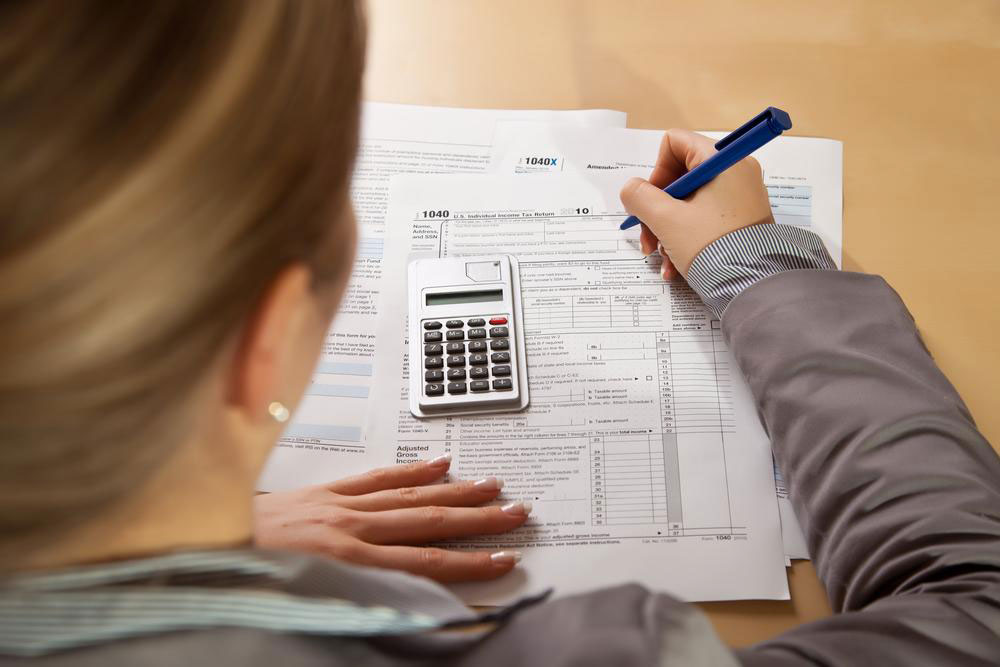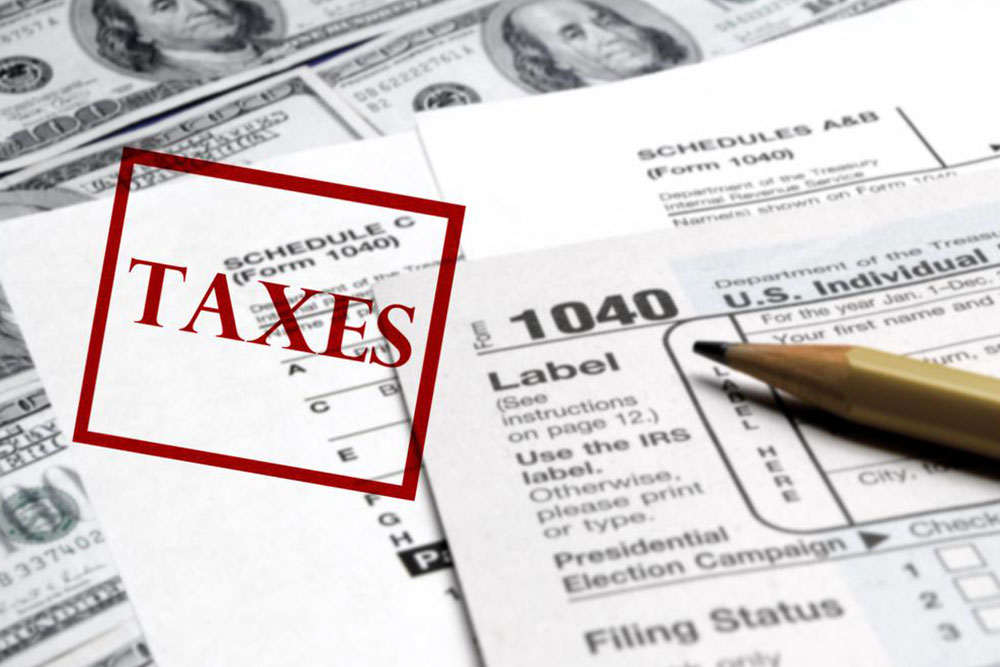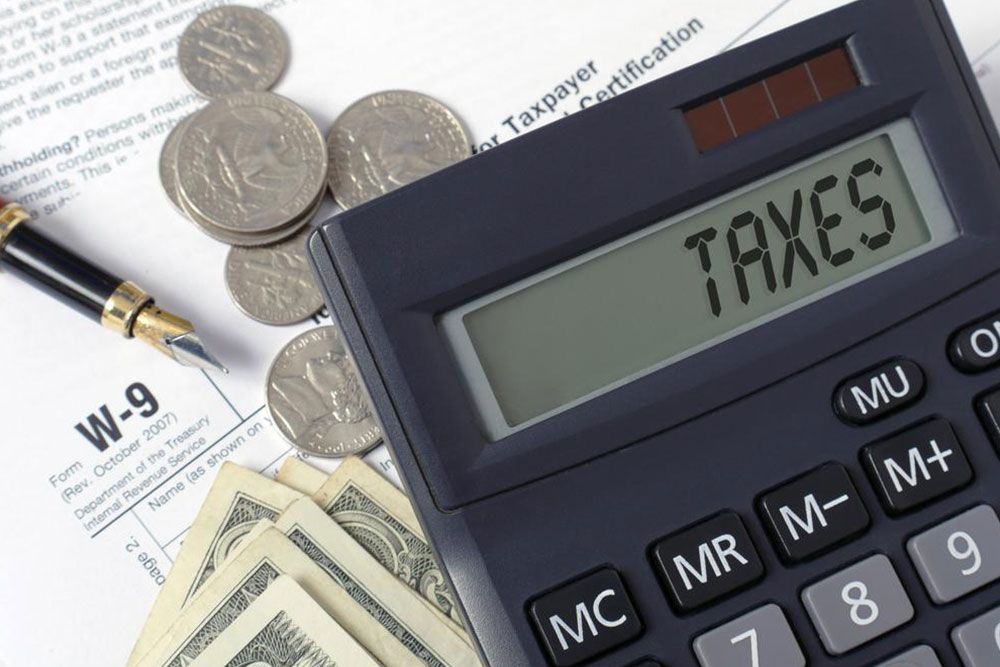Comprehensive Guide to Effortlessly Tracking Your Tax Refund Status
This comprehensive guide offers taxpayers detailed insights into tracking their IRS tax refunds effectively. It covers tools like the "Where's My Refund" app, step-by-step instructions for online and mobile checks, refund process stages, and ways to handle delays. By understanding these processes, taxpayers can stay informed, avoid unnecessary stress, and receive their refunds promptly. The article emphasizes practical tips for timely tracking and managing refunds using the latest technology, making tax season less complicated and more transparent.

Ultimate Guide to Monitoring Your Tax Refund Progress
Understanding the process of tracking your tax refund is crucial to managing your finances efficiently. The Internal Revenue Service (IRS) provides several tools and methods to help taxpayers stay informed about their refund status. If you file your income tax return accurately and on time—ideally by April 18th—you can typically expect your refund to arrive within approximately three weeks, usually around May 9th. However, various factors such as opting out of direct deposit or filing slightly later can introduce delays. To ease this process, the IRS has developed a user-friendly mobile application called "Where's My Refund," which provides real-time updates on your refund status, ensuring you remain informed at every stage.
How the "Where's My Refund" Application Works
This convenient app is designed to give taxpayers a quick and easy way to check their refund status and identify if there are any issues such as rejection due to errors or incomplete submission. By entering a few key details, users can get a clear picture of their refund progress without having to visit the IRS website repeatedly.
To use the "Where's My Refund" tool effectively, start by inputting essential personal information, including your Social Security Number (SSN), Individual Taxpayer Identification Number (ITIN), filing status (such as single, married filing jointly, head of household), and your expected refund amount. Access the online portal at least 24 hours after e-filing your return or after approximately four weeks if you filed by mail. Ensure all details are accurate to receive reliable information about your refund status.
Step-by-Step Guide to Using the Refund Tracking Tool
Access the official IRS website and navigate to the "Get Refund Status" section. Carefully enter your personal details as requested—it’s essential these match your tax return to get an accurate update. Click submit, and if your information is correct, your refund status will be displayed immediately. If there is a mismatch, double-check your filing date, method (mail or electronic), and details entered. You may need to re-enter the information or verify your documents.
Additionally, the IRS offers the ability to review refund information from the past two years directly through the app or the website. For older records, users can log into their IRS online account, which provides a comprehensive overview of past returns, notices, payments, and other pertinent tax information.
Using the IRS Mobile App for Refund Status Checks
Many taxpayers prefer checking their refund status via their smartphones. The IRS provides a dedicated mobile application called IRS2Go, compatible with both Android and iOS devices. Available in English and Spanish, the app enables users to quickly see if their return has been received, processed, or if the refund has been issued. To use the app, simply input your SSN, the expected refund amount, and your filing status. The app updates overnight, so if you don’t see your refund status immediately, wait until the next day and check again.
Understanding the Refund Process
Knowing the stages involved in the refund process helps taxpayers better interpret their refund status reports. The three main stages are:
Received: The IRS has successfully received your return.
Approved: Your return has been reviewed and approved for a refund.
Sent: The refund payment has been dispatched, either via direct deposit into your bank account or as a mailed check.
Common Reasons for Refund Delays
While most refunds are processed smoothly, delays can happen for various reasons. Common causes include errors or omissions in your tax return, discrepancies in reported income, suspected fraudulent activity, or required identity verification. The IRS may send you a letter requesting additional information or clarification, which could extend the processing time. Requests for paper check refunds typically take longer—up to two months—due to mailing and processing times. To track mailed refunds, consider using the Postal Service’s Informed Delivery app, which provides notifications and tracking updates for your postal packages, including tax refunds sent via mail.
In summary, staying informed about your tax refund status is easier than ever with the IRS's online tools and mobile applications. By understanding the process, utilizing the available technology, and promptly responding to any IRS requests, you can ensure a smoother refund experience. Whether you prefer checking online, via the official website, or through the mobile app, access to real-time information helps reduce uncertainty and allows you to plan your finances with confidence.




